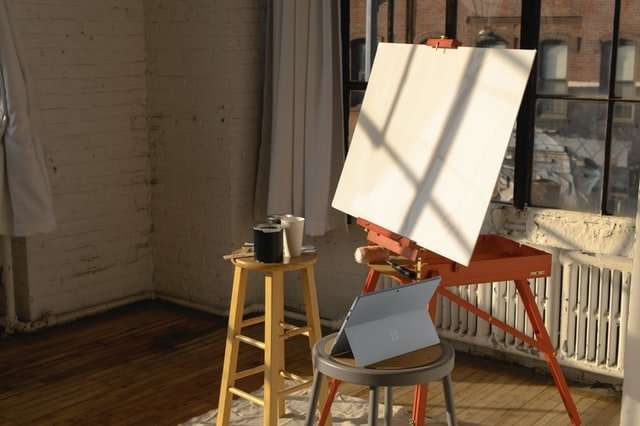Buying Art as an Investment: A blog about investing in art.
I have collected a lot of information on how to buy art as an investment, starting from the basics to more advanced topics.
I will cover topics such as what to look for in good art investments, advice on buying original art, tips on framing and displaying art, and much more.
This blog is intended for those who are interested in learning about the process of buying fine art as an investment, and would like to learn some of the techniques that professional collectors use.
Unlike art for investment, which is mostly about the monetary value of the art, this blog is about the intrinsic and extrinsic value of the art. And unlike most blogs discussing art as an investment, this one will also include a discussion on the advantages and disadvantages of buying art as an investment.
‘Buying Art as an Investment’ is intended to be both informative and thought provoking. The goal is to give you the information you need to make decisions regarding your own collection and educate yourself on how best to buy and sell art as an investment.
The topics addressed within these pages will be wide ranging, with a focus on the practical. Whether you are looking to start or expand your collection or have decided that it is time to sell your existing collection, there is something here for everyone who has decided that art can be more than just an expensive hobby.”
Susie has been collecting fine art for over 25 years. She is a specialist in 18th and 19th century British paintings, particularly the Pre-Raphaelite Brotherhood, and has loved this special subject since she was a teenager.
She is also a professional art dealer who has worked at some of the leading galleries in London and New York. She is currently on the buying team of Mathew Gallery, a privately owned gallery which specialises in British and Continental Art from the 17th to 20th centuries, based in Mayfair. It goes without saying that in her role as a dealer she doesn’t deal in any works by Pre-Raphaelite painters!
When not dealing in art Susie can be found researching her next new painting acquisition or reading about one of the many artists whose work she loves so much.
The aim of this blog is to spread some knowledge about how to buy art as an investment and how to avoid being ripped off by unscrupulous dealers and auction houses!
You will find here articles about ways to research artists and paintings, market trends and investment strategies. You will also find information about upcoming auctions around the world which Susie will be bidding at. Please feel free to leave comments or ask questions about anything posted here – Susie
Investing in art is a very interesting subject. I once bought an incredibly expensive painting at auction, but did not really like it. When I sold it, I lost a lot of money. I was upset and tried to understand what went wrong.
I have also bought many original paintings for less than $1,000 and sold them for more than $500,000, so I do know what works. In my experience the most important thing to understand about investing in art is this: Art is a business; if you don’t treat it like one you will lose money.
If you want to buy art as an investment then read further…
This blog chronicles my experiences with buying art to invest in.
Art is one of the greatest investments an individual can make. Art is a way to diversify your portfolio and to hedge against economic fluctuations. Art is a passion that you can enjoy every day.
The art market is a unique market unlike any other that has existed in history. The art market today is global and has no barriers, no boundaries. It is one of the most transparent markets in the world and this allows for fair dealings between all parties involved at any level of production or distribution.
Art, like fine wine, has proven to be an excellent investment vehicle, regardless of economic trends or conditions. As financial markets have become more volatile over the last decade, the art market has remained strong and continues to grow exponentially. Art as an investment vehicle represents the best opportunity for individuals to diversify their portfolios globally with minimal risk and maximum returns.
Investing in art is a great method of building a personal collection without breaking the bank. There are many benefits to this, including the fact that it allows for a greater degree of freedom when it comes to selecting pieces for your home and office. Also, you can easily sell a piece should you decide to part with it, or if you need the money to finance other purchases.
Art dealers have long been experts in their field, and they know how to spot top-quality paintings, sculptures and other works of art. They also have an understanding of what makes one work more valuable than another. As they see it, there are a number of factors that come into play when determining the worth of an artwork, including:
Age – Obviously one could not expect to pay as much for an artwork created several decades ago as one created by a contemporary artist. The older the piece is, the less likely it would be that someone will be willing to buy it at all.
Artist’s popularity – This is arguably the most significant determinant when it comes to pricing, since it largely determines demand for specific works and how much collectors are willing to pay for them. For instance, if there is a highly skilled yet little-known artist whose works are still undervalued



